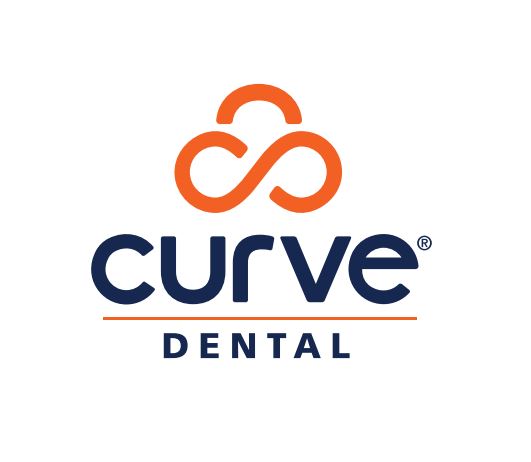Scheduling dental patients is an art form that can be mastered with some guidance. Registered dental hygienist and corporate coach, Amber Auger, shares valuable tips and tricks on how to achieve an efficient dental practice scheduling system.
If you’ve ever been in the middle of a dental implant surgery while your hygienist is alerting you for the third time to perform an exam, you understand the importance of having an effective scheduling system. Coordinating appointments can be challenging, especially when dealing with emergencies, last-minute changes, and no-shows.
It can be difficult to find the right balance between scheduling too many patients and not enough. Overbooking can lead to rushed appointments and decreased quality of care, while under booking can result in lost revenue and inefficiency. Poor time management might lead to burnout and compromised patient care.
What if there was a way to optimize your schedule so that you can efficiently utilize your resources, fine-tune your support staff’s schedules, and allow time for breaks and other administrative tasks? Registered dental hygienist, Amber Auger, seems to think there is. In this interview, Amber offers suggestions on how to best schedule your dental appointments to benefit you, your hygienists, and your patients.
Amber Auger, MPH, RDH is an accomplished dental professional and preventative dental therapy advocate. She is a sought-after international speaker, practicing clinician, dental marketing strategist, published author for several industry-leading publications, and the recipient of the 2019 Sunstar/RDH Award of Distinction. Amber is also the founder of Thrive in the OP® and the Functional RDH®.
This is the sixth blog post of a 6-part series where Amber will share helpful insights from a distinct viewpoint on how dentists can enhance their business success.
Scheduling for Success
Q: What is the importance of having an efficient scheduling system?
An efficient scheduling system will optimize the patient experience and reduce the team's stress, which makes a positive impact on the practice culture.
Q: What are some common challenges or mistakes dental practices encounter when it comes to scheduling for efficiency?
A common mistake is trying to book appointments without looking at the whole schedule. You should have a scheduling system that sets both the dentist and the hygienist up for success. For instance, you want to avoid the dentist having to get up and perform an exam for the hygienist in the middle of doing an advanced restorative treatment such as implants, crowns, or veneers. A systematic scheduling system improves the overall workflow for dentists and hygienists.
There are simple things you can do with scheduling to protect the dentist’s time, peace, and energy. For instance, if the dentist has a big patient case, the hygienist should schedule an appointment during that time slot that does not involve an exam. That could be a patient sealant or maybe a patient who’s on a three-month recall that had an exam at their last appointment. You don’t want to schedule a new patient exam while the dentist is working on an advanced case.
Team members in charge of scheduling should ask the providers what times they prefer to see certain types of cases. I’m a morning person, so I prefer to do more complex treatments like scaling and root planning in the mornings versus the afternoons. So, providers’ preferences should be taken into consideration.
Q: Will you share some best practices or strategies that dental practices can implement to optimize their scheduling processes?
One of the easiest strategies to implement is creating an outlining system. For instance, you can use lined boxes to indicate primary visit appointments for dentists so that you don’t schedule patients requiring exams at the same time. As another example, if the most difficult spot to fill is 11 a.m., you should consider scheduling your new patients at that time because they are more likely to come in whenever you have availability.
You should also evaluate how many scalings you need per day to be profitable. No hygienist wants to have a full day of prophylaxis visits where they’re doing the same thing every hour. From a production standpoint, that is not a profitable practice model either. Instead, you can try to schedule around two patients needing scaling and root planning in an eight-hour day. By optimizing the schedule, you can be more profitable while also breaking up the repetitiveness for the hygienist.
Q: What is the impact of efficient scheduling on the patient experience?
A good scheduling system means less wait time, which is always a great thing. It's less stressful for the patient and the practitioner. The hygienist has more time to go over patient treatment needs. Without having to rush, it just feels like a more intimate and patient-centric appointment specifically designed around their needs.
Q: Are there any specific tools or technologies that can help create an efficient scheduling strategy?
Having a good practice management software solution is the best way to create an efficient scheduling strategy. Dental practices should look for easy-to-use software that simplifies all those routine tasks like scheduling. I’ve found that giving patients the option of self-scheduling helps create a better scheduling system and shortens overall wait times.
Also, practice owners should look for software that offers color-coded layouts so they can keep track of which types of cases are scheduled throughout the day. Again, this is important for maximizing productivity and reducing stress. Whatever software dentists use should also be user-friendly, meaning that it should be simple to change appointments, block out dates and times based on availability, and scroll through ranges of dates easily.
Q: How can the whole dental team work together to ensure efficient scheduling?
Having open communication and outlining what success looks like is crucial. For example, each team member should understand what constitutes an emergency and if the patient should be seen today or tomorrow. There should be a list of questions to ask the patient to help gauge when they should be seen, such as: Where is the pain? Is it hot or cold? How long does the pain last? Is it keeping you up at night?
When you have a standard operating procedure in place, the team knows exactly what success looks like and there are fewer communication errors.
Curve GRO® offers a great platform within their practice management software that ensures effective scheduling. With GRO, patients self-schedule on their preferred device, captured in real-time on your practice’s schedule. Once the appointment is booked, you can automatically send easily customizable text or email appointment reminders which will reduce no-shows, cancellations, and callbacks. To increase recare appointments, practices can easily send automated patient text reminders for scheduling appointments.





